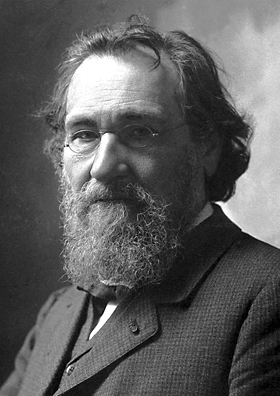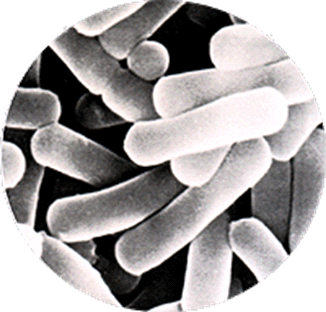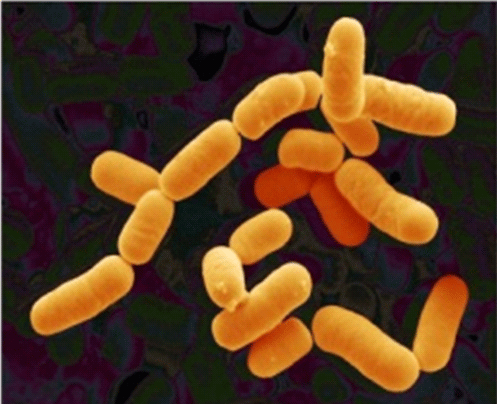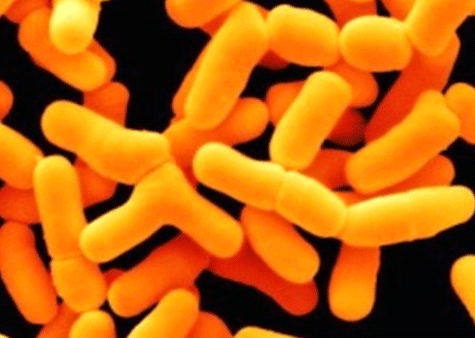These days, it is very common to hear the word probiotics. Probiotics are available to consumers mainly in the form of health supplements and in food products. Even the famous cultured milk drink contains probiotics. But what is probiotics? Is probiotics really safe to consume and what is the usual amount of probiotics that we can consume?
Definition
Probiotics are live microorganisms and are alike to the microorganisms found in the human digestive system. Probiotics, popularly known as “friendly bacteria” or “good bacteria,” help to maintain the natural balance of organisms (microflora) in the intestines. The normal human digestive tract contains about 400 types of probiotic bacteria that reduce the growth of harmful bacteria and promote a healthy digestive system. Probiotics are thought to work by colonizing the small intestine and crowding out disease-causing organisms, thereby restoring proper balance to the intestinal flora. They compete with harmful organisms for nutrients and may also produce substances, such as ammonia, that inhibit growth of harmful organisms in the digestive system.
Lactobacillus acidophilus, found in yogurt, is one of the most commonly known probotic. It belongs to the largest group of probiotic bacteria in the intestine, lactic acid bacteria. Other types of probiotics include different strains of Bifidobacterium and Saccharomyces boulardii. Saccharomyces boulardii has been described as the yeast probiotic. Examples of foods containing probiotics are yogurt, fermented and unfermented milk, miso, tempeh (soybean cake), fruit juices (blackcurrant juices containing probiotic cultures), and soy beverages (soy milk).
|
Examples of probiotic
|
Diagram
|
Type of microorganism
|
|---|---|---|
| Lactobacillus acidophilus |
http://www.curetoothdecay.com/Tooth_Decay/germs_cavities.htm |
Gram positive bacteria |
| Lactobacillus rhamnosus |
http://www.sott.net/article/234196-Mind-Altering-Bugs |
Gram positive bacteria |
| Bifidobacterium bifidum |
http://www.visualphotos.com/image/1×5065821/bifidobacterium_bifidum |
Gram positive anaerobic bacteria |
| Saccharomyces boulardii |
http://www.optibacprobiotics.co.uk/shop/for-bowel-calm.html |
Yeast |
Normally, kilogram is the unit of measurement we use for our weight. The unit of measurement for the amount of probiotics is colony-forming unit (CFU). CFU is defined as a measure of viable cells in which a colony represents an aggregate of cells derived from a single progenitor cell. It tells the degree of contamination in samples of water, vegetables, soil or fruits, or the magnitude of the infection in humans and animals. In probiotic products, CFU is used to determine the number of viable bacterial cells in a sample per milliliter (mL).
Probiotics should not be confused with prebiotics. Prebiotics are complex sugars (such as inulin, a variety of fructooligosaccharides, lactulose and lactitol) that are used as a source of nutrition by bacteria in the digestive system to stimulate their growth and activity while suppressing the growth and activity of harmful organisms.
History
Some probiotic foods, such as fermented foods and cultured milk products, date back to ancient times. In the beginning of the 20th Century, Russian scientist and Nobel laureate Eli Metchnikoff suggested that it would be possible to modify the gut flora and to replace harmful microorganisms with beneficial ones. He made the original observation of the positive role played by certain bacteria. Henry Tissier was the first to isolate Bifidobacterium, which was isolated from the faeces of a breastfed infant. He subsequently named it Bacillus bifidus communis.

Eli Metchnikoff
Uses
Probiotics promote the healthy function of the digestive system and help the body to absorb many vitamins. Bifidobacterium microorganisms, a type of probiotic, are important in preventing the growth of unfavourable organisms in the body like yeasts and sickness-causing bacteria. They are useful in the treatment and prevention of vaginal infections. They may also help protect against gastrointestinal infections while enhancing overall immunity.
Clinically, probiotics may be used to treat acute diarrhea, irritable bowel syndrome, sinusitis and others. There have been studies in which probiotics, for example Lactobacillus rhamnosus, Lactobacillus reuteri and Saccharomyces boulardii, are used in the treatment of acute infectious diarrhea in children. One must always consult a doctor or pharmacist before taking probiotics to treat a condition.
While antibiotics are useful during an infection by harmful bacteria, they strip the body of good intestinal bacteria also. Taking probiotic supplements after a course of antibiotics can restore a healthy balance of intestinal bacteria.
Regulation
Probiotics are commercially available to consumers in food products and health supplements. Health supplements containing probiotics must be registered with the National Pharmaceutical Control Bureau (Biro Pengawalan Farmaseutikal Kebangsaan) before being sold to consumers. Consumers are advised to only purchase health supplements that are registered. Registered health supplements bear the registration number (MALxxxxxxxxN) on the product label.
Safety
Probiotic bacteria are likely considered safe in amounts normally found in food as they are already part of the normal digestive system. However, persons with compromised immune systems, gastrointestinal disorders or allergy to probiotics are advised not to consume probiotics or consult a doctor or pharmacist before taking them.
One should always follow the recommended dosage as stated on the registered product’s label or consult a doctor or pharmacist before taking probiotics. As for food products containing probiotics, one should not over consume them. Probiotics are considered safe in normal amounts found in food.
References
- Globinmed. Bifidobacteria. In Dietary Supplement in Medicinal Products. Retrieved May 15, 2014, from http://www.globinmed.com/index.php?option=com_content&view=article&id=77565:bifidobacteria&catid=16&Itemid=156
- Natural Standard. Probiotics. Retrieved May 15, 2014, from http://www.naturalstandard.com/databases/herbssupplements/probiotics.asp?hash=synonyms#synonyms
- Colony-forming unit in biology online..Retrieved July 9, 2014, from http://www.biology-online.org/dictionary/Colony-forming_unit
- World Gastroenterology Organisation Practice Guideline (2008). Probiotics and Prebiotics. Retrieved July 9, 2014 from http://www.worldgastroenterology.org/
| Last Reviewed | : | 02 September 2014 |
| Writer | : | Daniel Ho Yu-Kun |
| Accreditor | : | Karen Wong Yoke Sim |











